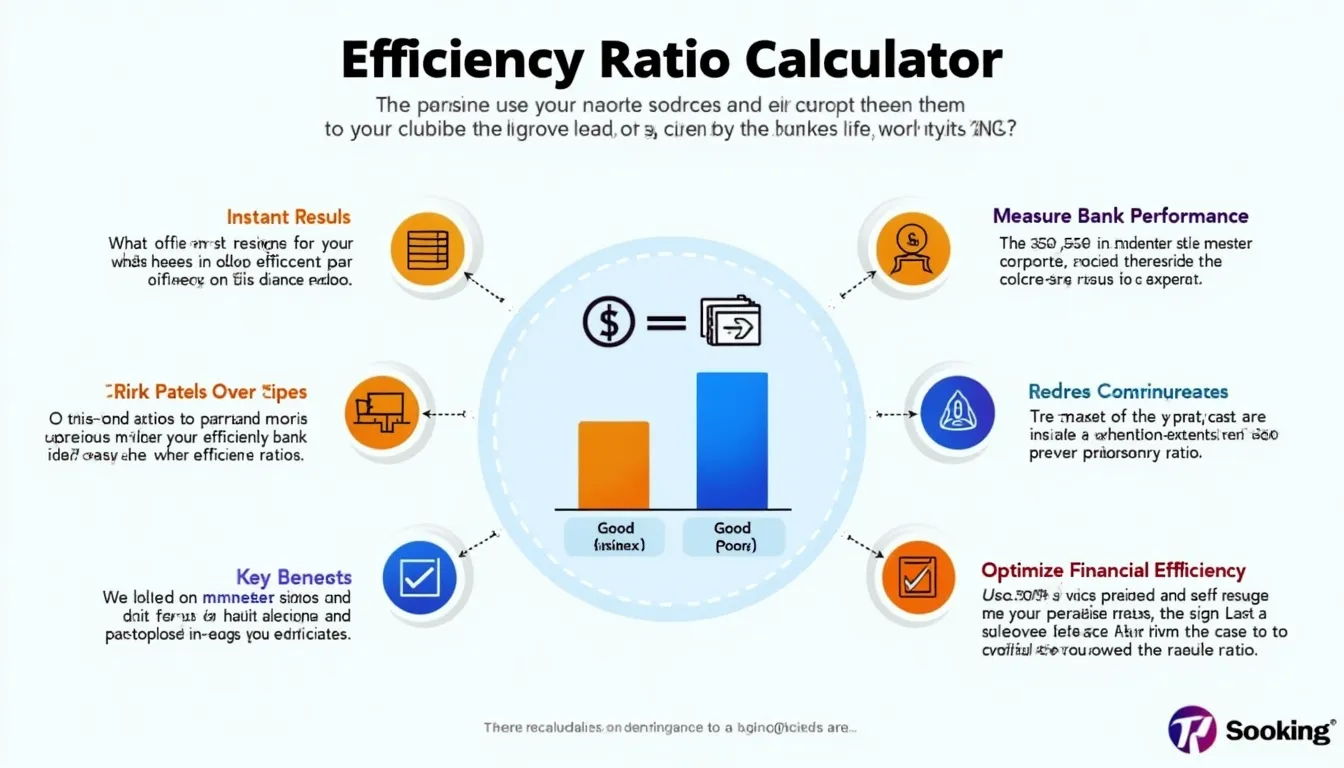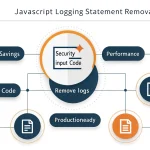Efficiency Ratio Calculator
Is this tool helpful?
How to use the tool
Complete four quick steps to gauge cost efficiency:
- 1. Enter Non-Interest Expense — e.g., $275,000 or $600,000.
- 2. Enter Revenue — e.g., $900,000 or $1,000,000.
- 3. Press “Calculate”; the script divides expense by revenue and multiplies by 100.
- 4. Compare the percentage with industry targets to spot savings or revenue gaps.
Formula
$$ \text{Efficiency Ratio}= \frac{\text{Non-Interest Expense}}{\text{Revenue}}\times100 $$
Example calculations
- 275 000 ÷ 900 000 × 100 = 30.56 %
- 600 000 ÷ 1 000 000 × 100 = 60 %
Quick-Facts
- Average U.S. bank efficiency ratio: 54.1 % in 2022 (FDIC Quarterly Banking Profile, 2023).
- Investor-friendly target for commercial banks: ≤60 % (Deloitte Global Banking Outlook, 2022).
- Non-interest expense excludes loan-loss provisions (Investopedia, “Efficiency Ratio”).
- Figures come from income statements in SEC Form 10-K filings (SEC, 2023).
FAQ
What is the efficiency ratio?
The ratio shows how much you spend to earn one revenue dollar by comparing non-interest expense with revenue (Investopedia).
Why monitor it regularly?
Lower ratios correlate with higher profitability and stronger market valuations (Deloitte Global Banking Outlook, 2022).
What number counts as “good”?
“An efficiency ratio below 50 percent is generally considered excellent” (Federal Reserve Bank of St. Louis Bank Performance Report, 2023).
How often should you calculate it?
Quarterly checks match financial reporting cycles and capture seasonal cost swings (PwC Financial Reporting Guide, 2023).
Can the ratio be negative?
No. Expense and revenue are non-negative; a zero or negative revenue value invalidates the calculation.
What pushes the ratio higher?
Excess staffing, legacy IT, and weak fee income inflate costs relative to revenue (McKinsey Global Banking Review, 2021).
How do you lower it?
Digitising workflows, closing underperforming branches, and renegotiating vendor contracts cut costs without harming sales (Accenture Banking Report, 2022).
Is it the same as the expense ratio?
No; the expense ratio compares total costs to assets, whereas the efficiency ratio compares operating costs to revenue (Morningstar Methodology, 2023).
Important Disclaimer
The calculations, results, and content provided by our tools are not guaranteed to be accurate, complete, or reliable. Users are responsible for verifying and interpreting the results. Our content and tools may contain errors, biases, or inconsistencies. We reserve the right to save inputs and outputs from our tools for the purposes of error debugging, bias identification, and performance improvement. External companies providing AI models used in our tools may also save and process data in accordance with their own policies. By using our tools, you consent to this data collection and processing. We reserve the right to limit the usage of our tools based on current usability factors. By using our tools, you acknowledge that you have read, understood, and agreed to this disclaimer. You accept the inherent risks and limitations associated with the use of our tools and services.







